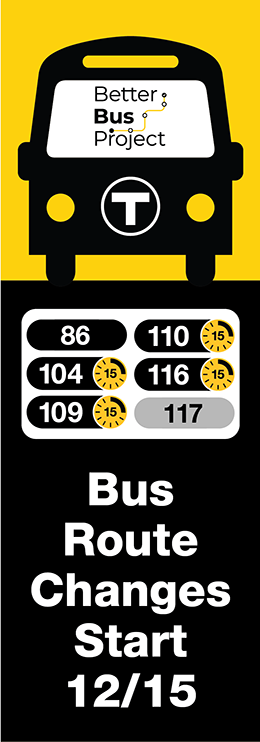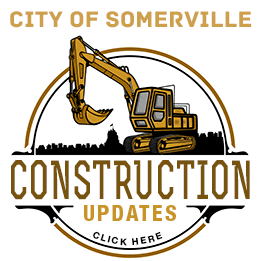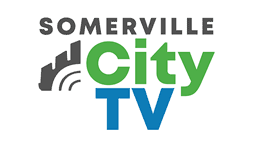 By Joseph A. Curtatone
By Joseph A. Curtatone
(The opinions and views expressed in the commentaries of The Somerville News belong solely to the authors of those commentaries and do not reflect the views or opinions of The Somerville News, its staff or publishers.)
This week, along with U.S. Rep. Michael Capuano, and Mass Dept of Housing and Community Development Undersecretary Aaron Gornstein, I had the pleasure of attending the opening of the second phase of St. Polycarp Village. This latest installment of new housing in Somerville, on Butler Drive in Ward 4, includes 29 affordable rental units within three four-story buildings.
I also had a chance to do a walk-through of the rapidly developing Maxwell’s Green complex in Ward 5 between Cedar and Lowell Streets. (Look for highlights on Somerville Community Access Television an upcoming episode of Greater Somerville with Joe Lynch.) When fully complete, this welcome addition to the city’s housing stock will provide a total 184 new rental units and 15 new condos. 24 of the rental units and one of the condos will be affordable under the city’s Inclusionary Housing Program: several of the affordable units will be designated as accessible for persons with disabilities. Six of the Maxwell’s Green condos are already occupied; the remaining nine are currently under construction. The first rental building will be ready for occupancy later this summer and interest in the new units is already running high.
For different reasons, both St. Polycarp and Maxwell’s Green are excellent examples of the kind of expansion Somerville needs to have in its housing stock over the next twenty years. We may already be the most densely populated city in New England, but we are also a place where people want to live – and we are a community that is made stronger, more stable and more prosperous by the demographic diversity of our population.
That’s why we need more housing of all sorts: rental, condo, single-family, multi-family, affordable, market and upscale. Additional housing is essential to our long-term economic viability, generating jobs and providing customers for local businesses.
With a great deal of input from residents, business leaders, and elected officials, we’ve spelled all of this out in our SomerVision Comprehensive plan, which was approved by the Board of Aldermen in April and published in final form on our web site last month. The Comprehensive Plan sets a goal of 6,000 net new housing units (that’s on top of the approximately 34,000 we already have) between now and 2030, with 1,200 of the new units permanently designated as affordable.
We know that thousands of units of new housing will be crucial to the success of Somerville’s next new neighborhood – Assembly Square. But it’s important for all of us to understand that most of the growth in Somerville’s housing stock will occur in much smaller increments spread out across the city.
The great challenge is to ensure that these new units are integrated with, and support the character of, our existing neighborhoods. In some cases, and in the words of the SomerVision Report, that means setting “clear design standards for circumstances where more intensive housing development would meet community needs while reflecting neighborhood context.” It also means that the city will encourage what’s known as in-fill projects that fit in with the older structures around them. And it means encouraging the kind of mixed-use development – usually retail on the first floor and housing above – that works so well in busy business districts and adjacent to transit stations.
To make sure that we’re encouraging the right mix of housing for each of our distinctive neighborhoods, the city will be conducting a fresh “Housing Needs Assessment” every five years. In the meantime, we’ve already completed a soon-to-be-released study of the RA and RB zoning districts whose rules and standards currently cover most of Somerville’s residential neighborhoods. It’s high time to update those rules so that they encourage and support the clear desires of the great majority of Somerville residents for an approach to development that preserves the character and flavor or out existing neighborhoods while continuing to create a supportive environment for sustainable economic growth.
From senior housing to energy efficiency and green construction, there’s a great deal more to be said about housing – and all of it can be found in the SomerVision Comprehensive Report, which you can read online or download at www.somervillema.gov. It’s truly worth a look.
In the meantime, however, St. Polycarp’s and Maxwell’s Green offer good examples of two very different projects that, each in their own way, represent thoughtful and successful contributions to the growth of our housing stock – and to the continued economic and social strength of our community.















Reader Comments